Shenzhen Wesort Optoelectronics Co., Ltd.
Address:Building 29, Longwangmiao Industrial Zone, Fuyong street, Bao'an District, Shenzhen, Guangdong Province, China.
Phone:+86 181 2370 6862
If you're in the coffee industry, the right coffee sorting machine can significantly impact the quality of your final product. This comprehensive Coffee Sorting Machine Guide covers everything you need to know about choosing, using, and understanding these essential machines.

What Is a Coffee Sorting Machine?
A coffee sorting machine—also known as a coffee bean sorter—is a device that automatically identifies and separates defective or discolored coffee beans from quality ones. Using advanced optical sensors and artificial intelligence, the machine ensures only the best beans make it through to roasting or packaging.
Whether you're dealing with green or roasted beans, a coffee bean sorting machine improves quality control and boosts export value.
Why Coffee Bean Sorting Matters
Inconsistent color, damage, or contamination in coffee beans can affect flavor, shelf life, and international quality grading. A coffee bean sorting machine helps maintain consistency and eliminates foreign materials, insect damage, and unripe or over-fermented beans—critical factors for specialty coffee producers.
Types of Coffee Sorting Machines
There are different types of coffee sorters available depending on the size, capacity, and specific needs:
Belt-type color sorters: Ideal for sorting fresh coffee cherries. These machines can distinguish between green, overripe, moderately ripe, and under-ripe coffee fruit with high precision.
Chute-type color sorters: Suitable for roasted and green coffee beans. These machines can detect and remove defects such as black beans, white beans, dark or light waxy yellows, immature beans, insect-damaged beans, deformed or triangular beans, and shell fragments. For roasted coffee, they sort out scorched, insect-damaged, light-colored, shelled, and broken beans.
Each coffee sorting machine varies in accuracy, speed, and price.
How a Coffee Sorting Machine Works
The core of every coffee bean sorter lies in its ability to see and act:
1. Feeding system: Beans are evenly distributed.
2. Imaging sensors: High-resolution cameras capture bean color, shape, and texture.
3. Processing algorithm: AI compares beans to pre-set standards.
4. Ejection system: Air jets remove defective beans with precision.
Modern coffee sorting machines can sort thousands of beans per second with up to 99% accuracy.
Key Features to Look for in a Coffee Bean Sorting Machine
When selecting a coffee bean sorting machine, consider the following:
Resolution and sensor type
Throughput and capacity
Number of sorting channels
Ease of cleaning and maintenance
Software customization options
Your ideal coffee sorter depends on your production scale and quality expectations.

Best Use Cases: Who Needs a Coffee Sorter?
A coffee sorter is useful for:
Specialty coffee farms
Coffee cooperatives
Exporters and importers
Coffee roasters
Processing factories
It adds value by ensuring uniformity, reducing waste, and complying with international quality standards.
Coffee Sorting Machine Price Range
Prices for a coffee bean sorting machine vary depending on capacity, brand, and technology. Entry-level machines may start around \$1.000. while high-end industrial sorters can exceed \$100.000.
WESORT and other global suppliers offer a range of machines tailored to different processing needs.
Final Thoughts: Choosing the Right Coffee Sorting Machine
This Coffee Sorting Machine Guide highlights that investing in a high-quality coffee sorting machine is essential for any business serious about delivering consistent and premium coffee. Evaluate your production needs, desired quality level, and budget before choosing the right coffee bean sorter for your facility.
Whether you're scaling up or just starting out, the right coffee bean sorting machine will transform your output—and your reputation.
Ready to explore your options? Visit [wesortcolorsorter.com]for advanced AI-powered coffee sorters designed for high-efficiency sorting.
If you're in the coffee industry, the right coffee sorting machine can significantly impact the quality of your final product. This comprehensive Coffee Sorting Machine Guide covers everything you need to know about choosing, using, and understanding these essential machines.

What Is a Coffee Sorting Machine?
A coffee sorting machine—also known as a coffee bean sorter—is a device that automatically identifies and separates defective or discolored coffee beans from quality ones. Using advanced optical sensors and artificial intelligence, the machine ensures only the best beans make it through to roasting or packaging.
Whether you're dealing with green or roasted beans, a coffee bean sorting machine improves quality control and boosts export value.
Why Coffee Bean Sorting Matters
Inconsistent color, damage, or contamination in coffee beans can affect flavor, shelf life, and international quality grading. A coffee bean sorting machine helps maintain consistency and eliminates foreign materials, insect damage, and unripe or over-fermented beans—critical factors for specialty coffee producers.
Types of Coffee Sorting Machines
There are different types of coffee sorters available depending on the size, capacity, and specific needs:
Belt-type color sorters: Ideal for sorting fresh coffee cherries. These machines can distinguish between green, overripe, moderately ripe, and under-ripe coffee fruit with high precision.
Chute-type color sorters: Suitable for roasted and green coffee beans. These machines can detect and remove defects such as black beans, white beans, dark or light waxy yellows, immature beans, insect-damaged beans, deformed or triangular beans, and shell fragments. For roasted coffee, they sort out scorched, insect-damaged, light-colored, shelled, and broken beans.
Each coffee sorting machine varies in accuracy, speed, and price.
How a Coffee Sorting Machine Works
The core of every coffee bean sorter lies in its ability to see and act:
1. Feeding system: Beans are evenly distributed.
2. Imaging sensors: High-resolution cameras capture bean color, shape, and texture.
3. Processing algorithm: AI compares beans to pre-set standards.
4. Ejection system: Air jets remove defective beans with precision.
Modern coffee sorting machines can sort thousands of beans per second with up to 99% accuracy.
Key Features to Look for in a Coffee Bean Sorting Machine
When selecting a coffee bean sorting machine, consider the following:
Resolution and sensor type
Throughput and capacity
Number of sorting channels
Ease of cleaning and maintenance
Software customization options
Your ideal coffee sorter depends on your production scale and quality expectations.

Best Use Cases: Who Needs a Coffee Sorter?
A coffee sorter is useful for:
Specialty coffee farms
Coffee cooperatives
Exporters and importers
Coffee roasters
Processing factories
It adds value by ensuring uniformity, reducing waste, and complying with international quality standards.
Coffee Sorting Machine Price Range
Prices for a coffee bean sorting machine vary depending on capacity, brand, and technology. Entry-level machines may start around \$1.000. while high-end industrial sorters can exceed \$100.000.
WESORT and other global suppliers offer a range of machines tailored to different processing needs.
Final Thoughts: Choosing the Right Coffee Sorting Machine
This Coffee Sorting Machine Guide highlights that investing in a high-quality coffee sorting machine is essential for any business serious about delivering consistent and premium coffee. Evaluate your production needs, desired quality level, and budget before choosing the right coffee bean sorter for your facility.
Whether you're scaling up or just starting out, the right coffee bean sorting machine will transform your output—and your reputation.
Ready to explore your options? Visit [wesortcolorsorter.com]for advanced AI-powered coffee sorters designed for high-efficiency sorting.
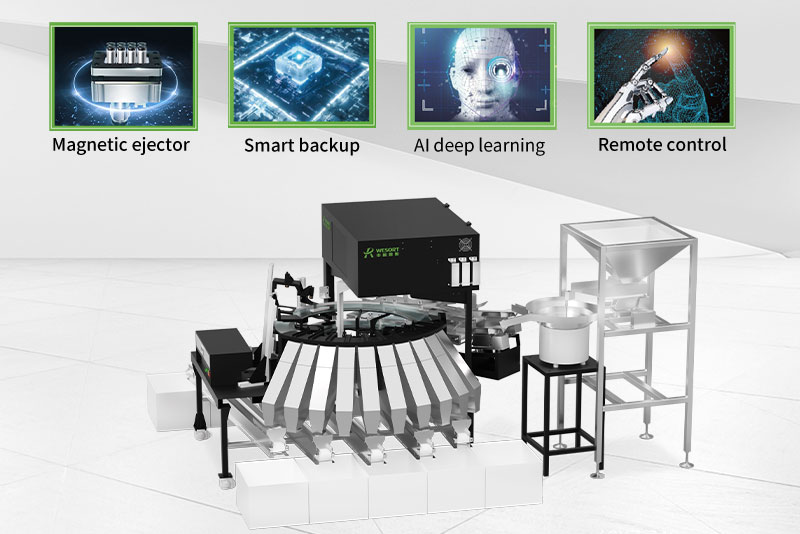
In the world of walnut processing, even the smallest imperfection can significantly impact product quality, market price, and brand reputation. Mold, insect damage, broken pieces, or inconsistent color are common defects that reduce the value of wa...
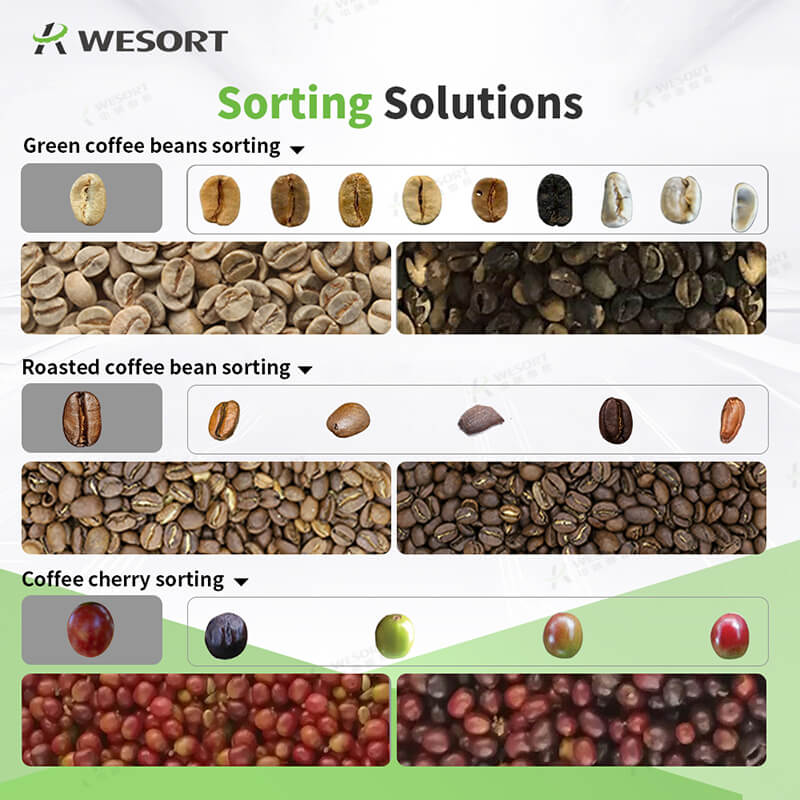
In the competitive coffee industry, quality is everything. Yet defects such as moldy beans, insect damage, immature coffee cherries, and inconsistent roasting levels can severely impact the taste, aroma, and grade of your coffee. Traditional sortin...
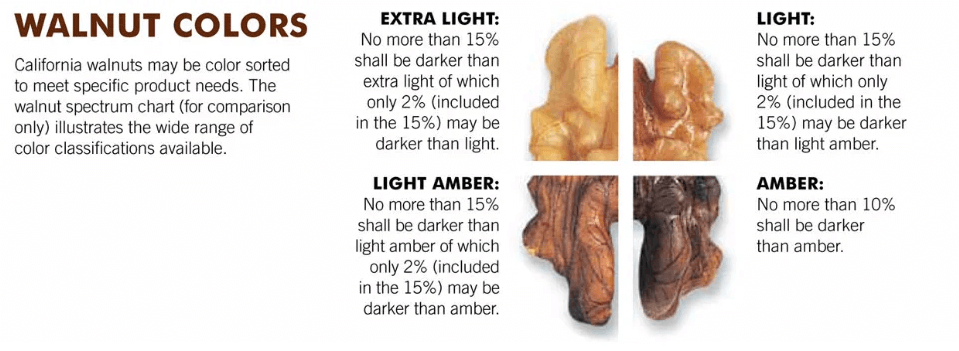
The demand for high-quality, uniformly sorted walnuts is rising globally due to increasing consumption, especially in the health food and snack industries. To meet market expectations, walnut processors are looking for advanced walnut sorting machi...
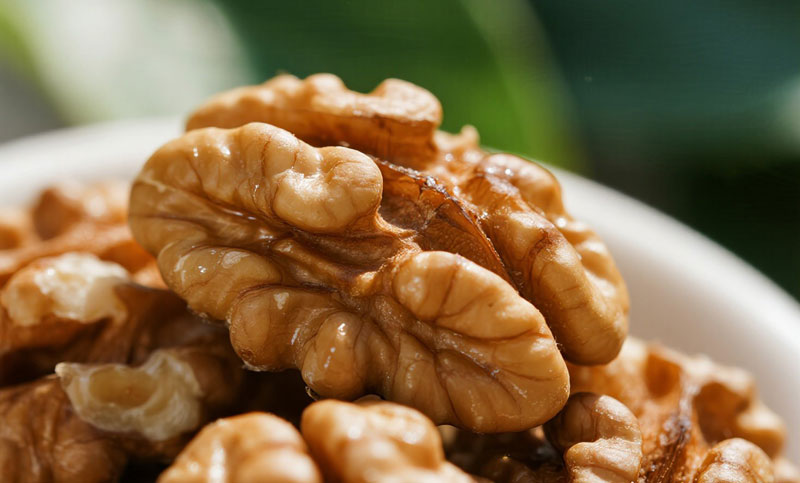
In the nut deep processing industry, the multi-level and accurate sorting of walnut kernels is not only related to product quality, but also directly affects corporate profits and brand reputation. However, many factories still face three major pro...

Meta Description: Looking for the top hazelnut sorting machine manufacturer? WESORT offers advanced hazelnut color sorters with AI deep learning to efficiently remove defects, pests, and foreign materials. Boost your hazelnut processing efficienc...
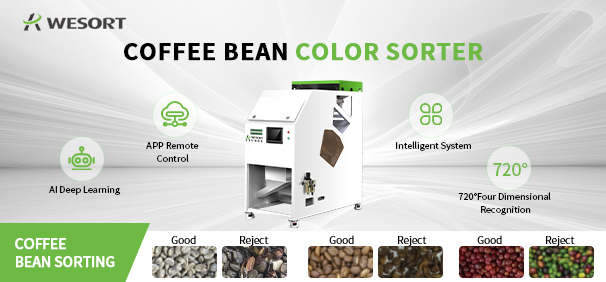
With the growing popularity of specialty coffee, the purity of coffee beans determines the aroma and taste of a cup of coffee. Achieving 99.9% purity requires high-performance coffee bean sorting equipment. Among Chinese coffee bean color sorter ma...
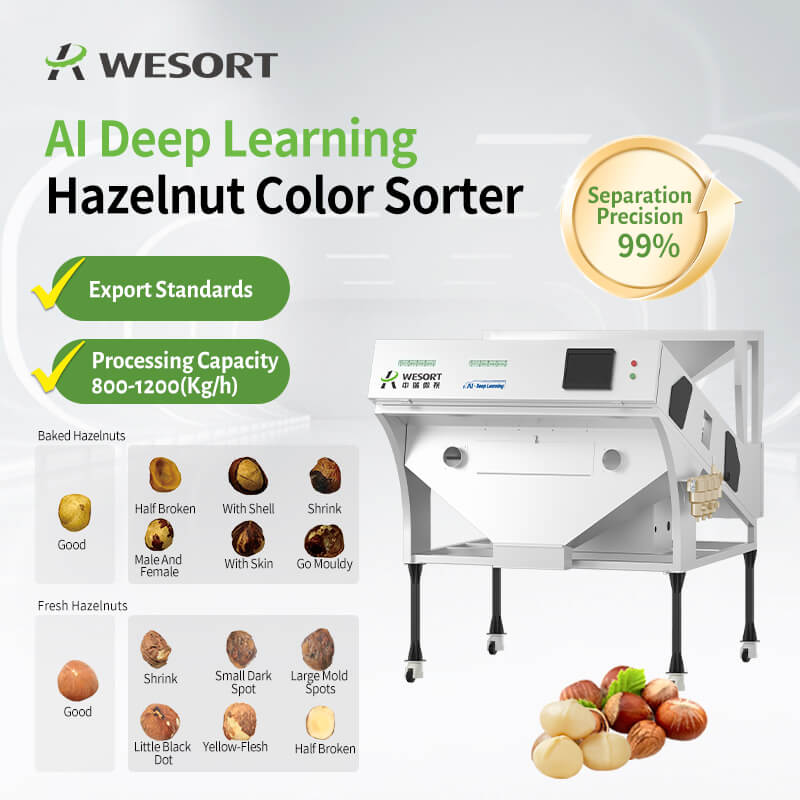
What's the most vexing issue in the hazelnut industry chain? It's not yield, but quality. Defects like mold, wrinkled skin, and foreign matter not only reduce product value but can also put export orders at risk. The solution isn't to increase the ...
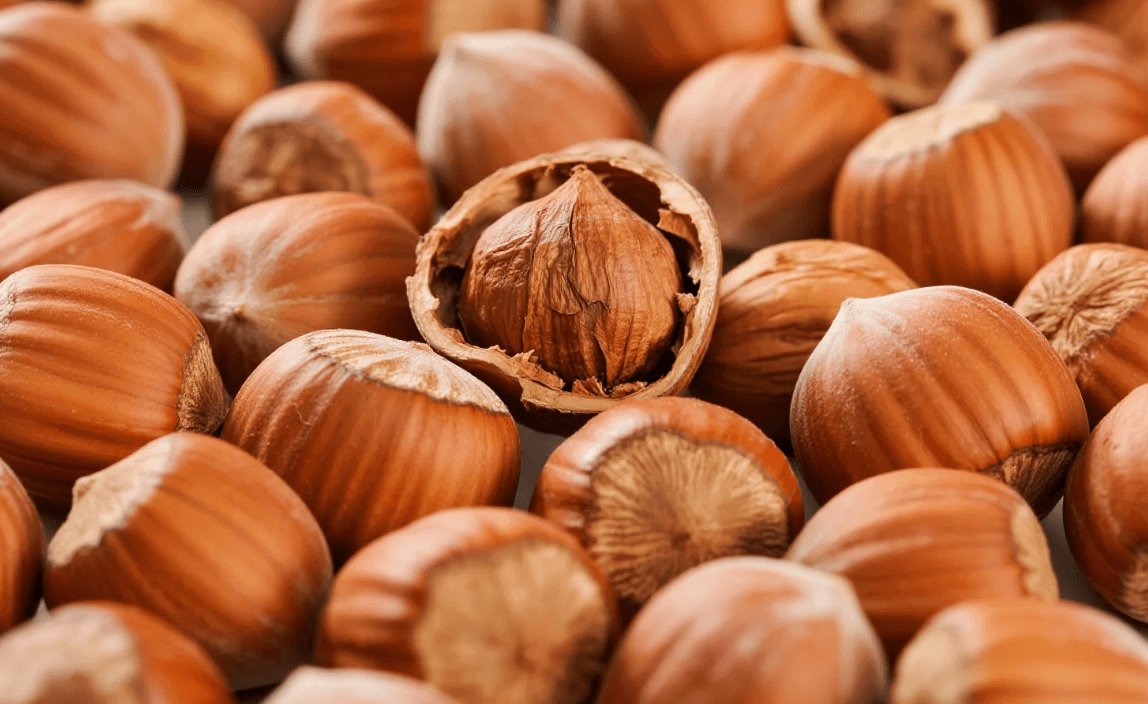
Every hazelnut tells a story—about the soil it grew in, the care during harvest, and the precision of its processing. Yet between farm and final product, hidden defects like mold, insect damage, and discoloration can turn premium hazelnuts into cos...

Plastic waste recycling is one of the most pressing challenges in today’s sustainability-driven world. Proper plastic sorting ensures high-quality recycled materials, reduces environmental impact, and improves profitability for recycling businesses...
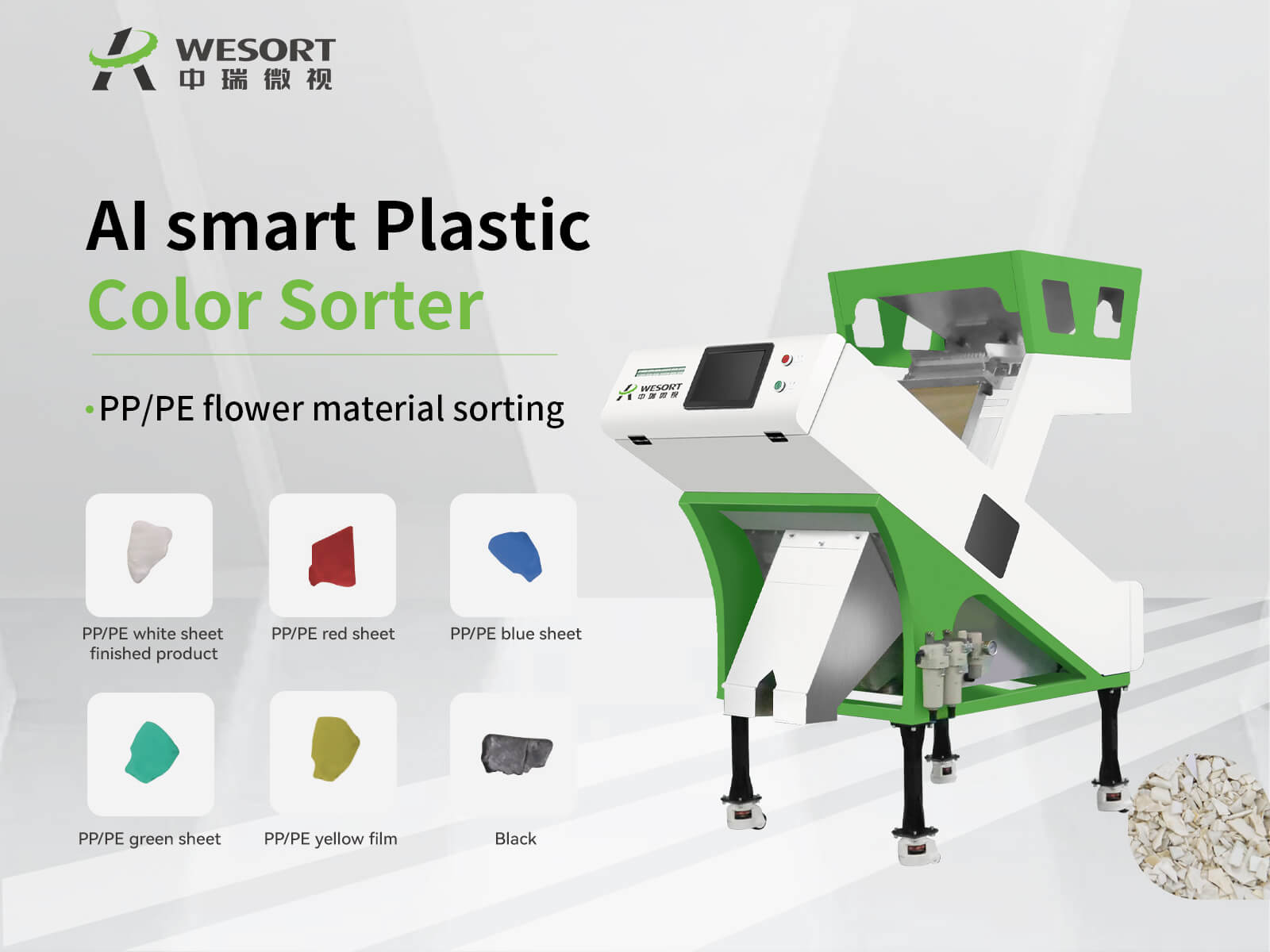
In the plastic recycling industry, purity and efficiency directly determine profitability. As global demand for recycled plastics increases, manufacturers need advanced solutions to separate impurities, improve yield, and ensure consistent product ...

In Mexico, coffee is more than just a drink — it’s a culture, a tradition, and a vital industry. Yet, challenges like impurities, pest damage, and uneven coloration often diminish the value of even the most carefully cultivated beans. At EXPO CAFÉ...
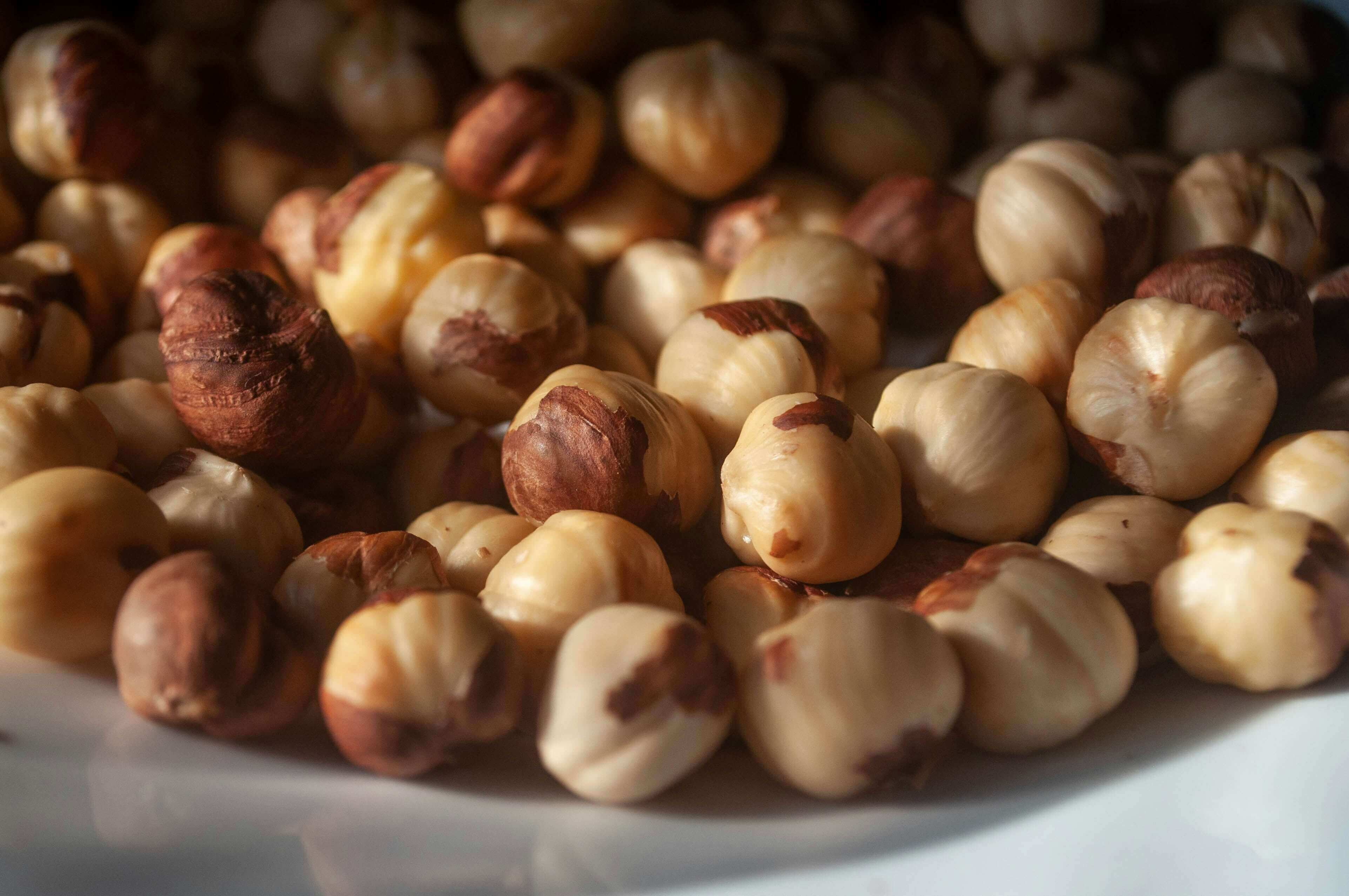
The global demand for hazelnuts continues to rise, driven by the growth of confectionery, bakery, and healthy snack markets. As consumption increases, so does the importance of quality control. Hazelnut processors face mounting pressure to deliver ...
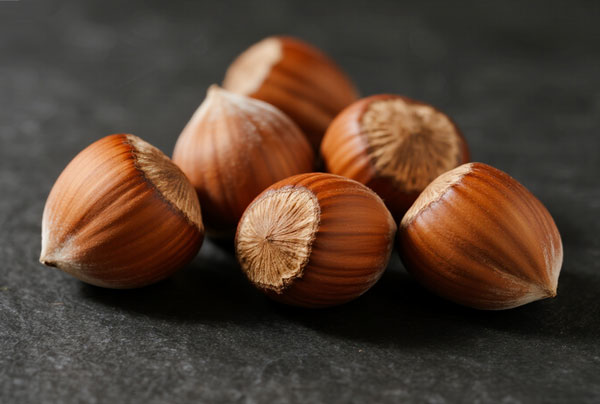
Hazelnuts are widely used in confectionery, bakery, and snacks, where product quality directly affects market value. However, hazelnut processing often faces serious challenges, such as pest infestation, seasonal labor shortages, and inconsistent m...
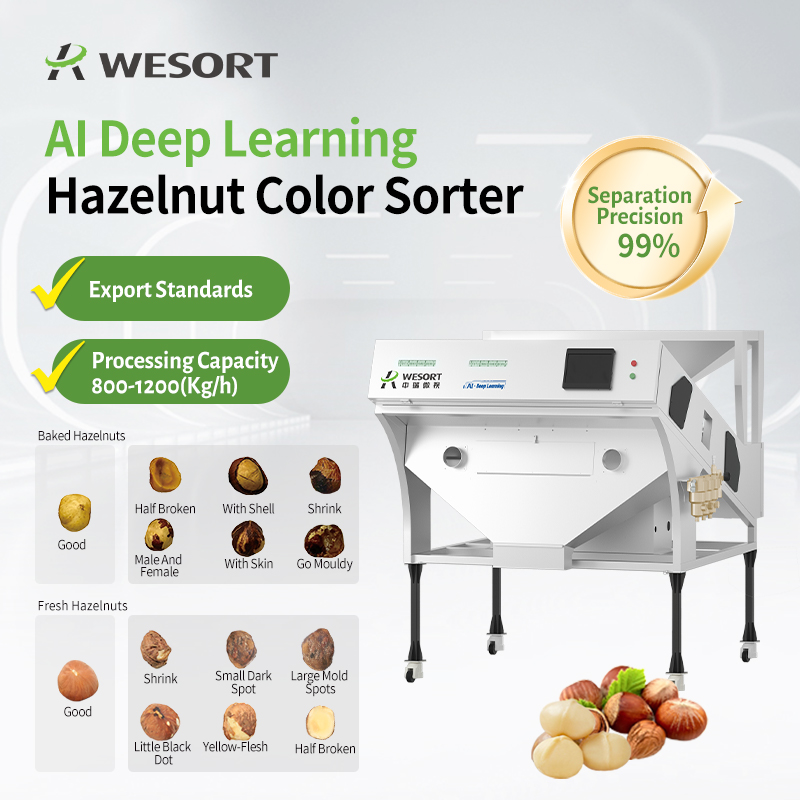
Hazelnut is the nut of the hazel and therefore includes any of the nuts deriving from species of the genus Corylus, especially the nuts of the species Corylus avellana. It is also known as cobnut or filbert nut according to species. A cob is roughl...
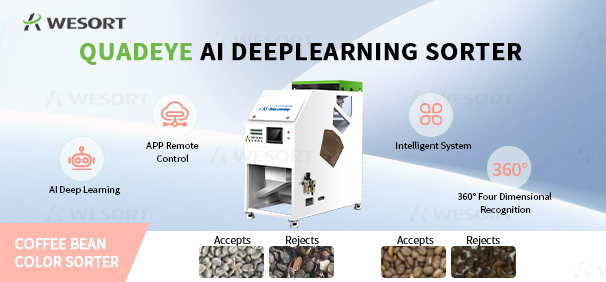
When you enjoy a smooth cup of coffee, you may not realize how much work goes into ensuring its purity and flavor. From harvest to cup, every step matters—and one of the most critical yet often overlooked stages is coffee bean sorting. Common Cof...
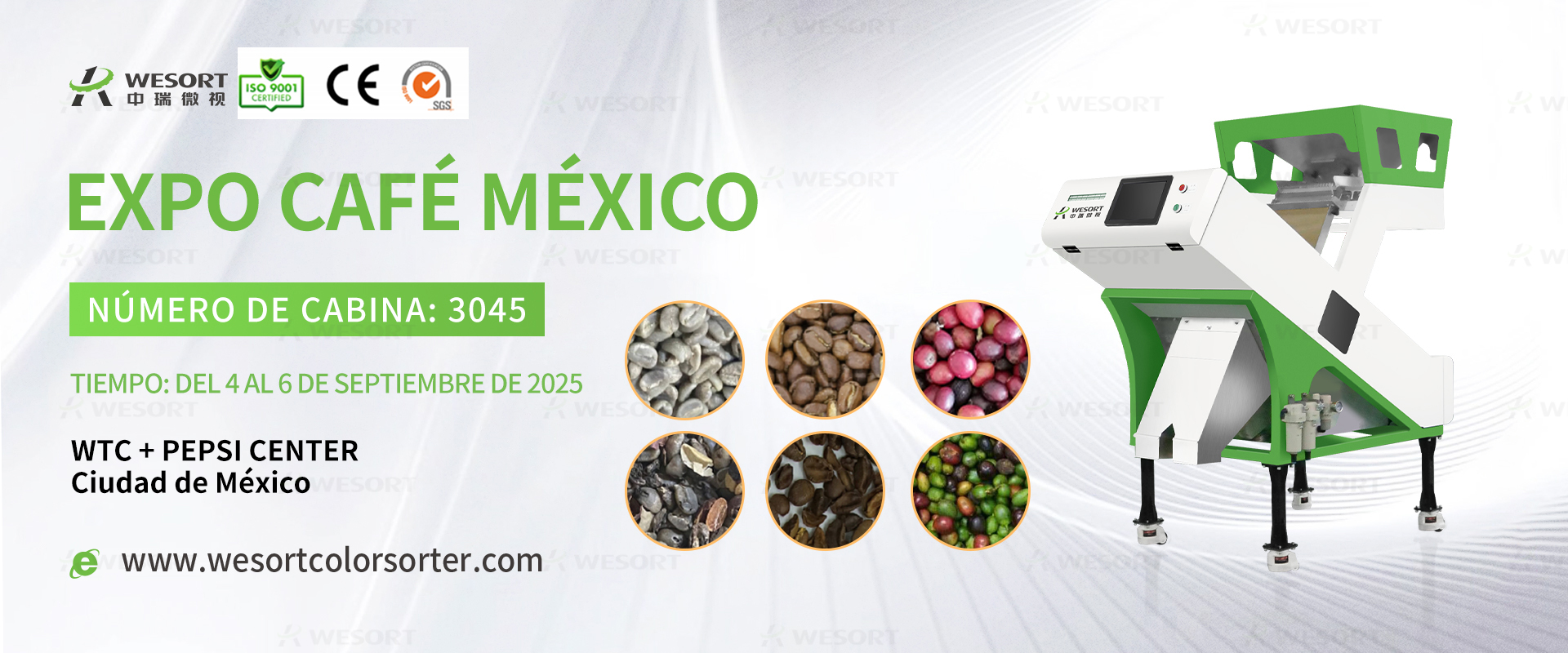
Dear Coffee Industry Partners, The Mexican Coffee Shop Expo 2025 is just around the corner—and WESORT , a leader in intelligent sorting technology, will be there to showcase our core solution for coffee processors: Coffee Bean Color Sorters. Mark...
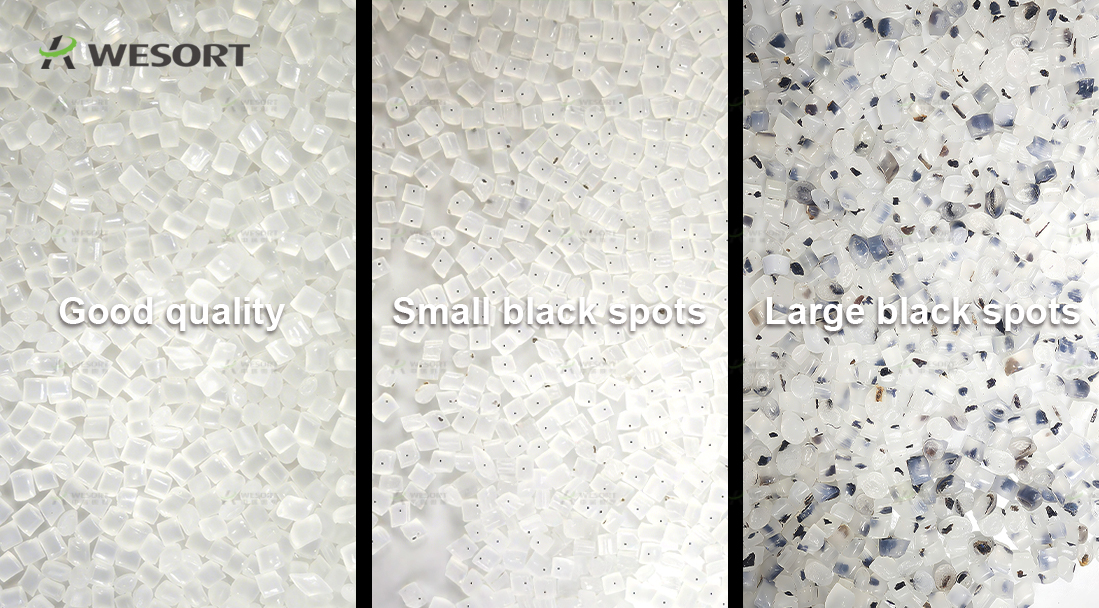
In the plastic pellet production process, color purity often directly determines the product's selling price and market competitiveness. Especially for transparent, white, or light-colored plastic pellets, even tiny black specks can affect the appe...
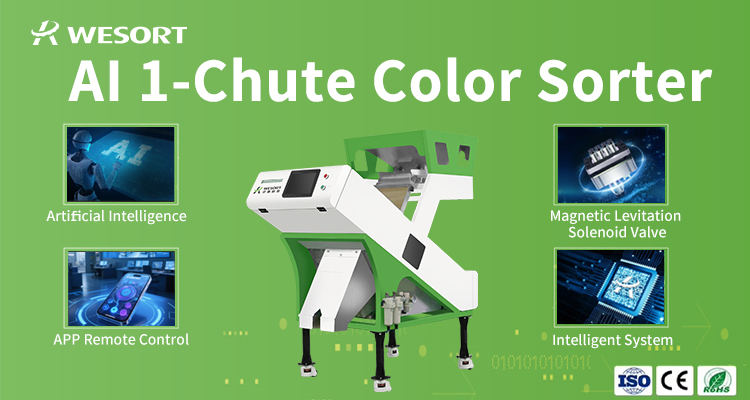
In modern agriculture, food processing, and recycling, quality control plays a vital role. This is where an optical sorter comes in. Many buyers often ask: What is an optical sorter? What does it do? How much does it cost? And how is WESORT optical...
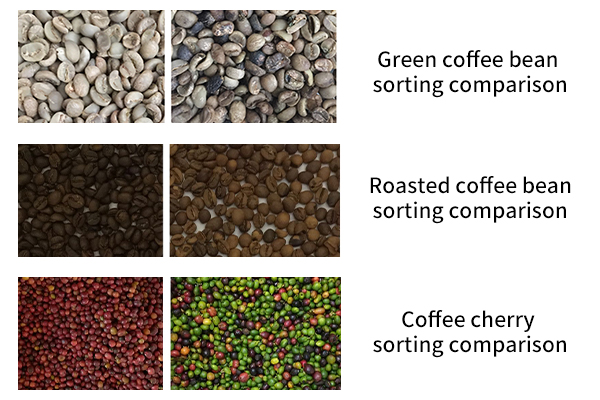
In the coffee industry, the quality of the final cup often depends on the smallest details during processing. One crucial step is removing defective beans, foreign materials, and color inconsistencies. This is where a coffee bean color sorter plays...

Coffee processing is a complex and meticulous task that involves several stages to transform raw coffee cherries into the high-quality beans we enjoy in our morning brew. One crucial step in this process is the sorting of coffee beans based on thei...

In the world of walnut processing, even the smallest imperfection can significantly impact product quality, market price, and brand reputation. Mold, insect damage, broken pieces, or inconsistent color are common defects that reduce the value of wa...

In the competitive coffee industry, quality is everything. Yet defects such as moldy beans, insect damage, immature coffee cherries, and inconsistent roasting levels can severely impact the taste, aroma, and grade of your coffee. Traditional sortin...

The demand for high-quality, uniformly sorted walnuts is rising globally due to increasing consumption, especially in the health food and snack industries. To meet market expectations, walnut processors are looking for advanced walnut sorting machi...

In the nut deep processing industry, the multi-level and accurate sorting of walnut kernels is not only related to product quality, but also directly affects corporate profits and brand reputation. However, many factories still face three major pro...

Meta Description: Looking for the top hazelnut sorting machine manufacturer? WESORT offers advanced hazelnut color sorters with AI deep learning to efficiently remove defects, pests, and foreign materials. Boost your hazelnut processing efficienc...

With the growing popularity of specialty coffee, the purity of coffee beans determines the aroma and taste of a cup of coffee. Achieving 99.9% purity requires high-performance coffee bean sorting equipment. Among Chinese coffee bean color sorter ma...

What's the most vexing issue in the hazelnut industry chain? It's not yield, but quality. Defects like mold, wrinkled skin, and foreign matter not only reduce product value but can also put export orders at risk. The solution isn't to increase the ...

Every hazelnut tells a story—about the soil it grew in, the care during harvest, and the precision of its processing. Yet between farm and final product, hidden defects like mold, insect damage, and discoloration can turn premium hazelnuts into cos...